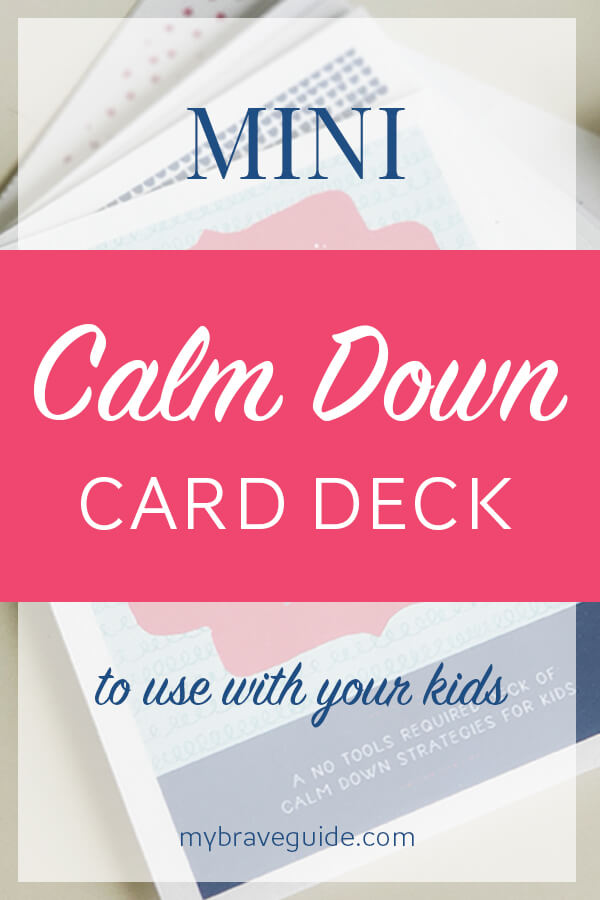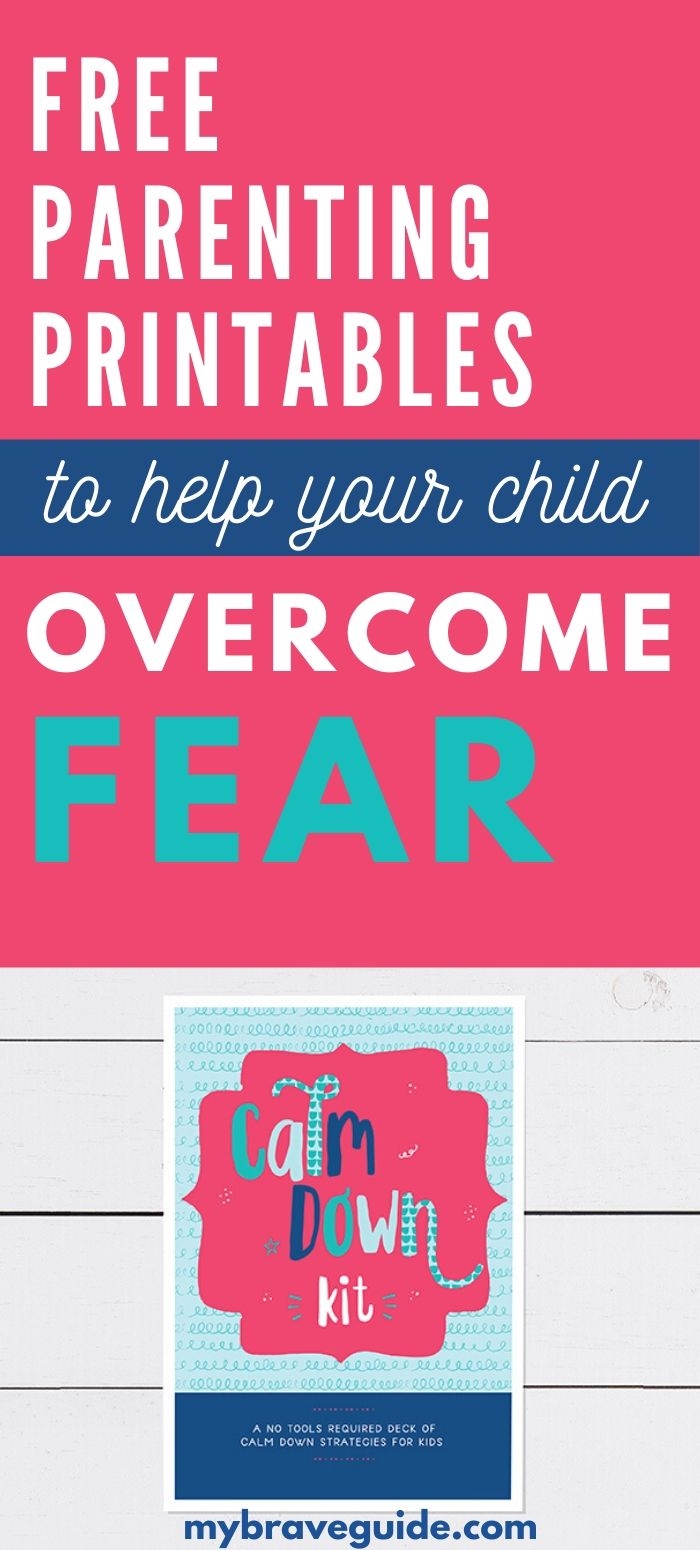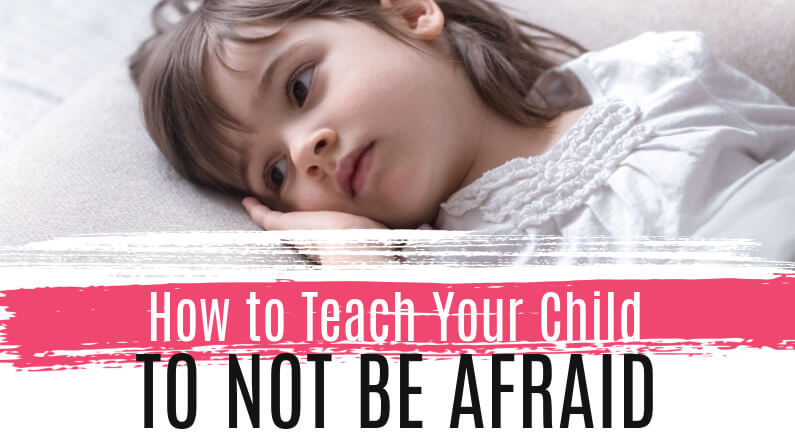It’s 1:00 am and I am woken out of a sound sleep by a tap on my shoulder and my 7 year old’s anxious voice, “Mom, I can’t sleep.” This is the second time he’s been in my room tonight and we have been stuck in this pattern for over 3 weeks now. I’m exhausted, he’s exhausted and we’re both more than a little frustrated.
A few weeks ago a friend showed him a “funny” video about a monster. Unfortunately, the monster was a lot more scary than funny for him. Thus began our ritual of multiple night time wake-ups filled with anxiety, fear and frustration.
We have tried everything to calm his fears.
I started with the rational approach of explaining that monsters weren’t real and he was safe… that didn’t work – his imagination just went wild and the monsters became scarier and more detailed for him.
We tried meditating together to calm him down, which worked for 10 or 20 minutes, but then he was back in my room feeling afraid.
We have tried rewards for sleeping in his room.
We have tried taking away devices and media.
We even tried monster spray made with lavender essential oils to help him sleep.
None of it has worked. I have wound up in a state of constantly asking myself, how to teach your child not to be scared.
Finding Solutions to Help Children Stop Feeling Afraid
Watching my son feel so afraid and seeing him getting down on himself for not being able to sleep has been heartbreaking. Through this time, and the months that have followed, we have landed on some solutions that have worked to help teach him not to be afraid.
Basically, what we have found that has helped the most are coping skills. If this is a new concept for you, here’s a simple definition:
Coping Skills are any action, thought, or positive behavior that you use to help you cope with a difficult situation, emotion, or negative behavior.
Coping skills come from Cognitive Behavioral Therapy. In my work as a family therapist focusing on parenting, coping skills have proven to be one of the most helpful and useful tools for kids and parents alike.
Parenting can be a stressful, challenging endeavor, and having concrete plans that help you put into action the thoughts and behaviors that you want, are essential. (Especially when you are in the middle of stressful moments such as dealing with a kiddo who is struggling with fear and anxiety.)
Coping skills can include activities such as deep breathing, exercises for your body, mantras, and thought pattern disrupters (such as wearing a rubber band on your wrist.)
Coping Skills are the Answer to How to Teach Your Child Not to be Scared
Before we jump into some specific coping skills that you can teach your child to help them work through their fear, it is important to talk about why you should teach coping skills.
Most people are not born with the instinct or ability to soothe themselves in appropriate ways all of the time. The ability to calm yourself down in an appropriate way is a learned skill. This is one of the reasons why so many adults still struggle with negative behaviors around their emotions – overeating, overdrinking, numbing out with social media, etc.
Facing negative thoughts and emotions can be scary, especially when you don’t feel equipped with the skills necessary to deal with those emotions! It is important to realize and acknowledge this when thinking about your child’s issues.
It is not bad or wrong that they are struggling with fear. It is normal that they don’t know how to cope with the feelings and behaviors that their fear brings up.
As their parent, your job is to teach them the skills needed to handle their emotions and calm themselves in the midst of tough thoughts and feelings.
How to Teach Coping Skills to Scared Kids
Now that you understand the importance of teaching kids how to cope with their emotions, thoughts, and behaviors, let’s look at how to teach kids coping skills.
To start, you will need to pick out a skill that you would like to teach your child. I have a couple of free resources available that will help you do this.
Coping Skills Resources
The Calm Down Card Deck is a set of cards with 11 coping skills for kids that don’t require any special tools. (I like these because they can be done anywhere, at any time.) There is a full set of coping skills cards available in the shop. Or, you can download a mini-deck with 3 coping skills cards for free in the Resources Library.

75 Calm Down Ideas for Scared Kids is another free printable available in the Parenting Resource Library. This is a list that was designed to answer the question of how to teach your child not to be scared.
You can print, cut, and use this list as a grab bag of skills. It will also work to help you come up with ideas for teaching coping skills!
Now that you have the coping skill picked out that you want to teach, follow these three steps to teach your child how to not be scared.
Step 1: Introduce the Skill
Pick a calm, neutral time to introduce the idea to your child. Make sure that they are well-rested, not hungry, etc.
>> Start the conversation by letting your child know that you have noticed that they have been struggling with their fear.
>> Next, let your child know that you love them and want to help them manage their fear better so that they don’t have to feel so afraid. Let them know that you came across a cool new tool and that you are going to teach them how to use it.
>> Then, demonstrate or explain the coping skill and model using it.
>> It may be helpful to talk about when and why they would use this skill.
>> Allow them to try out the skill with you.
Step 2: Practice, Practice, Practice
Transitioning coping skills from a nice idea to a tool that your child will actually use in the moment requires practice just like any other learned behavior. Find different times to practice when your child is calm.
I like incorporating this practice into our daily routine. For example, I will have my son state his positive affirmation in the car on the way to school. And, at bedtime, we will do some deep breathing together.
It is important to keep this practice fun and light. Again, we are working hard to keep shame and blame out of the equation.
Step 3: Use the Skill the Help Your Child Not Be Afraid
Only move on to this step once you have spent time practicing the skill. I know it can be tempting to jump right in, but if you ask your child to use their new skills when they aren’t super confident in them, it may cause them to decide they don’t work, or that they are incapable of using coping skills.
When you feel like your child has become a natural at the skill you chose, you can transition to encouraging them to use it when they are feeling scared.
If you see them starting to panic about something, ask them to try doing the coping skill with you.
Try to incorporate lots of rewards and praise for your child’s effort. You could even create a chart where you give them a sticker or a smiley face every time they use the skill.
It may take time for your child to be able to successfully use the skill in the midst of their fear and worry. Praising their effort and the fact that they are trying will help keep them motivated.
I like to praise my son’s efforts by letting him know that I see how hard he is trying to be responsible for his thoughts and behaviors and I am proud of his effort.
Real-World Application
I hope that the idea of coping skills helps to answer your question of how to teach your child not to be scared.
Incorporating some new calm down skills into your child’s life will enable them to get one step closer to triumphing over their fear. Remember, this is a journey that can be long, difficult, and full of little steps forward combined with little steps back.
Sending you love and light
~Ruth
Resources for Helping Children with Fear:
Posts on Coping Strategies:
https://mybraveguide.com/2020/01/20/deep-breathing-exercises-for-kids/
10 Ideas to Help Kids Who Are Scared at Night
Modeling and Teaching Calm Down Behaviors
How to Make a Calm Down Kit
Calm Down Skills Card Deck:
Managing Emotions Bundle
The Little Brave Guide to Being Afraid:
Being Afraid


Thanks for these resources. I work as a social worker and looking to make a coping kit for young people. This looks ideal to help the young person and for the parent to be more aware of needs.